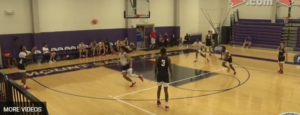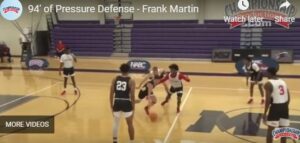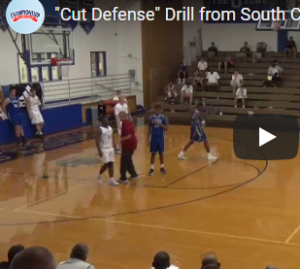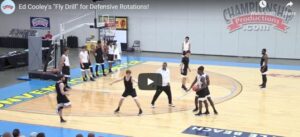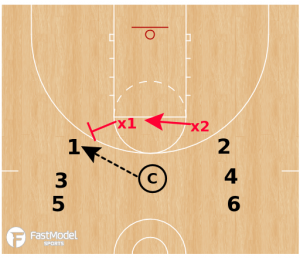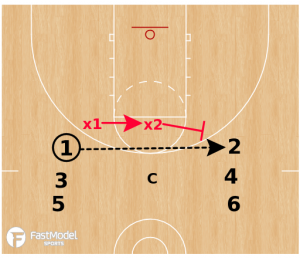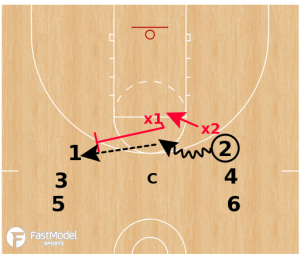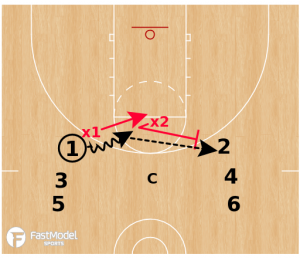The game is moving more and more away from the basket to the perimeter. More teams are creating double gaps and utilizing the driving lanes to get players open for shots.
Thus we now more than ever need to teach our players how to close out properly and rotate on drive and kick actions.
In the video clip below NBA assistant coach Sean Sweeney shows how he teaches the game both offensively and defensively in teams of the drive and kick.
Coach Sweeney uses game and practice footage to illustrate key offensive and defensive concepts.
The clip is taken from his full course entitled Game Situations: Breaking Down Parts of the 3 on 3
